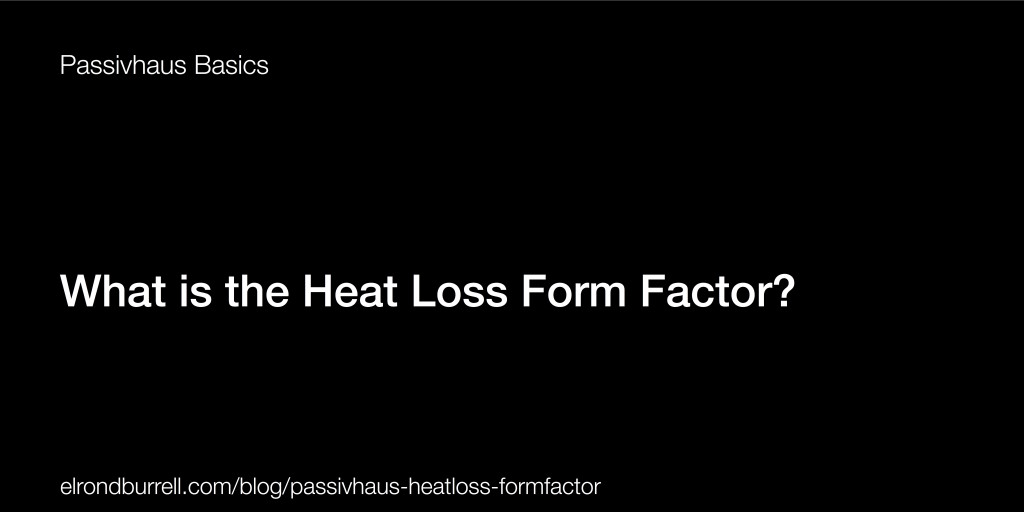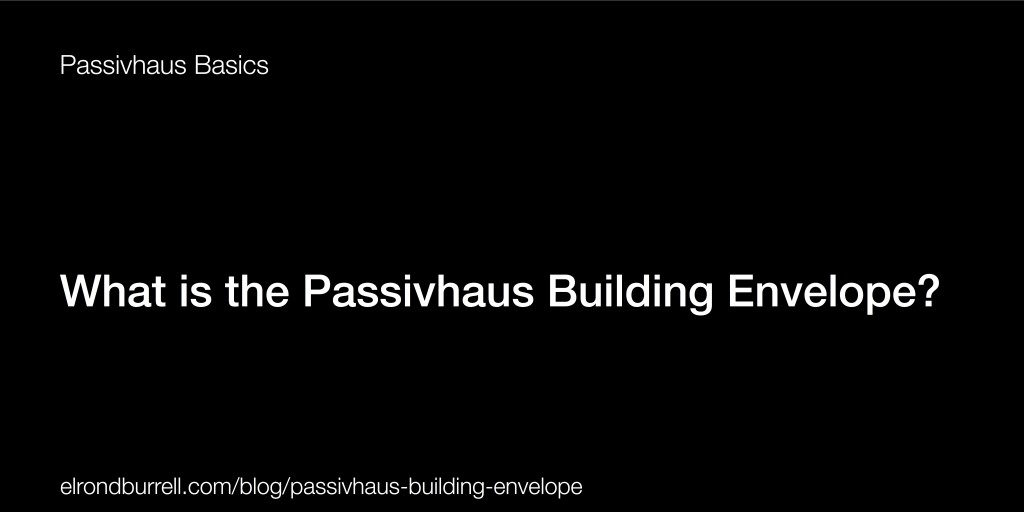This is a Passivhaus Basics blog post that gives an overview of a specific aspect of the Passivhaus Standard.
The Passivhaus Standard requires a fabric first approach and a high-performance thermal envelope. Not only does the thermal envelope need to be high performance, it also needs to have an efficient surface area in relation to the size of the building. The thermal envelope is, after all, the main area through which a Passivhaus building can lose heat.
The Heat Loss Form Factor is one way of measuring the efficiency of the surface area of the thermal envelope.
The Heat Loss Form Factor is the ratio of thermal envelope surface area to the treated floor area (TFA). This is effectively the ratio of surface area that can lose heat (the thermal envelope) to the floor area that gets heated (TFA).
In other words, the Heat Loss Form Factor is a useful measure of the compactness of a building. And the more compact a building is, the easier it is to be energy efficient. Conversely, the less compact a building is, the more insulation will be required for the building to be energy efficient.
The Heat Loss Form Factor is a measure of compactness and an indication of how much insulation will be required to achieve the Passivhaus Standard.

